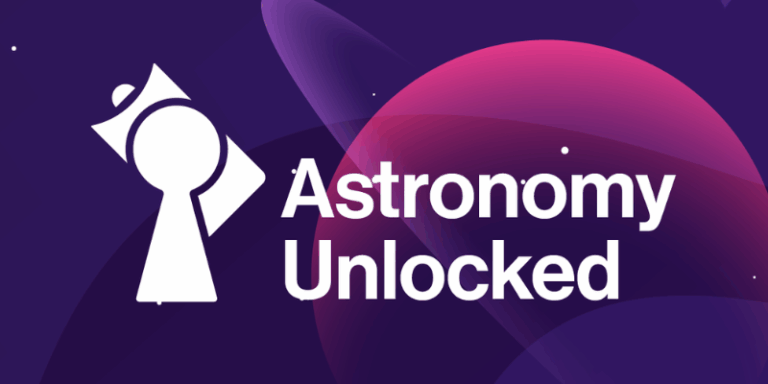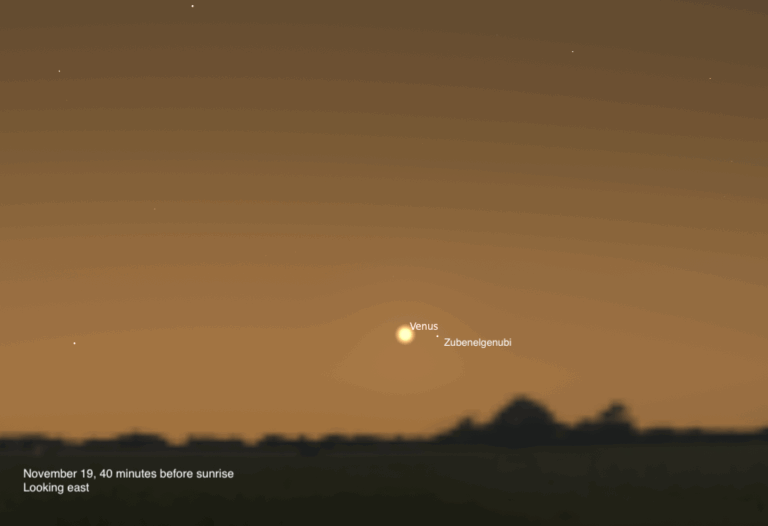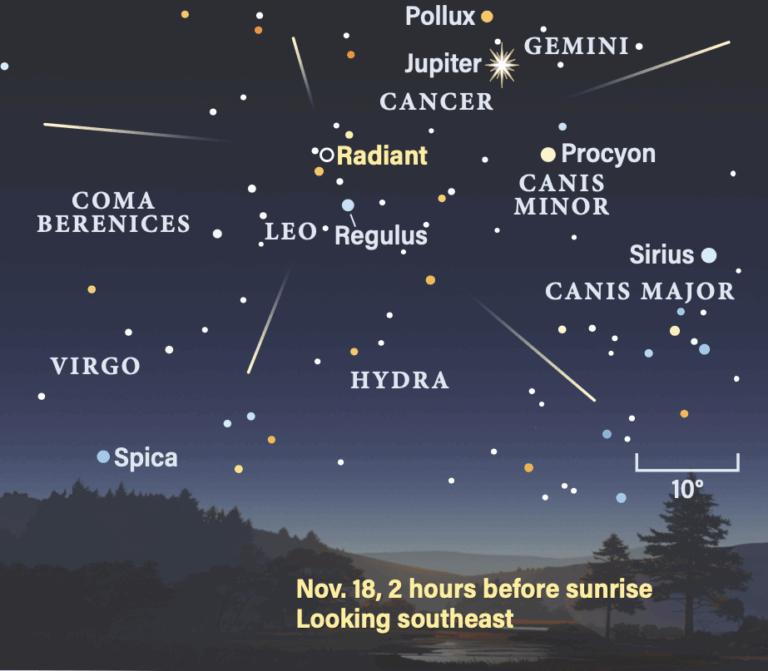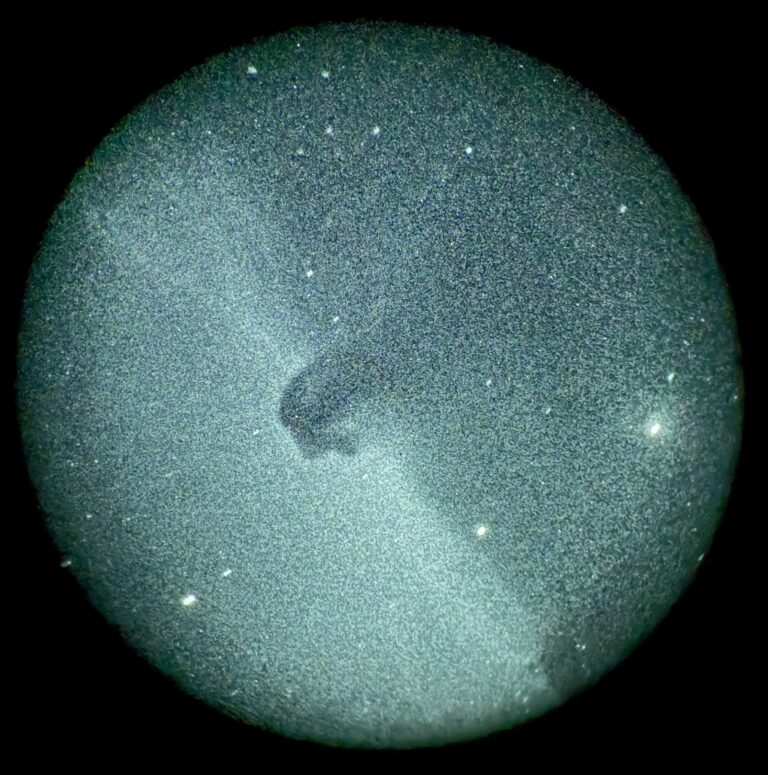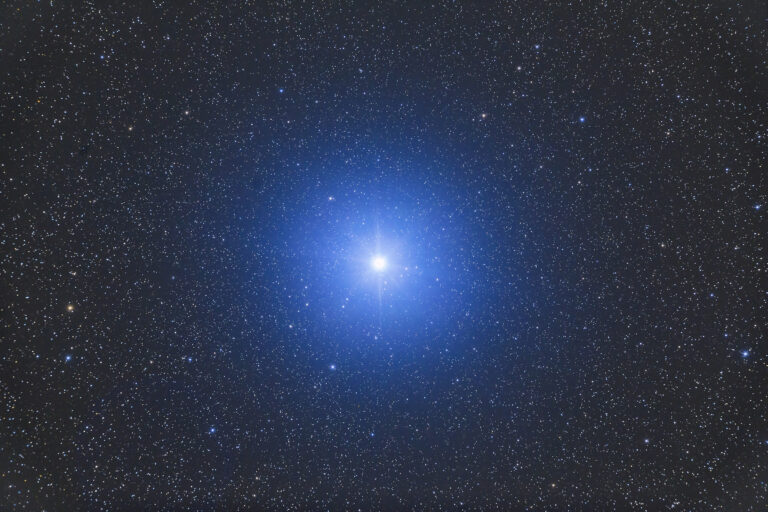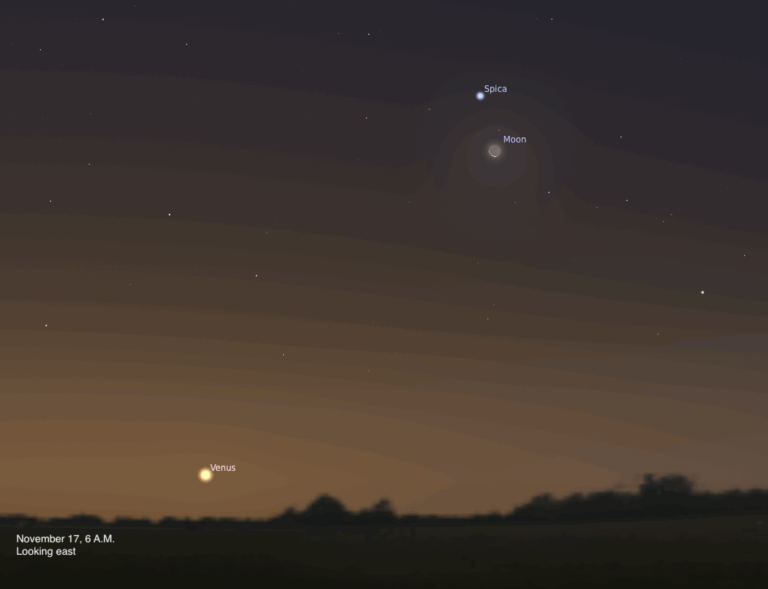Key Takeaways:
If you ask most skygazers to name their favorite meteor shower, the odds are good that “Perseid” will be the first word out of their mouths. This annual shower seemingly has it all: It offers a consistently high rate of meteors year after year; it produces a higher percentage of bright ones than most other showers; it occurs in August when many people take summer vacation; and it happens at a time when nice weather and reasonable nighttime temperatures are common north of the equator. No other major shower boasts all four of these attributes.
In a typical year, observers under a clear dark sky can expect to see up to 100 meteors per hour. Astronomers think we may be in for an even better show this year, however. The Perseids begin as tiny specks of dust that hit Earth’s atmosphere at 37 miles per second, vaporizing from friction with the air and leaving behind the streaks of light we call meteors. These dust particles were born in a periodic comet known as 109P/Swift-Tuttle, which last returned to the inner solar system in 1992. But the giant planet Jupiter recently nudged Swift-Tuttle’s debris stream closer to Earth’s orbit. If predictions hold true, we could see up to 150 meteors per hour the night of August 11/12.
The best views will come in the predawn hours of Friday morning the 12th, after the waxing gibbous Moon sets around 1 a.m. local daylight time. The spectacle will continue to improve as dawn approaches because the shower’s radiant — the spot on the border between the constellations Perseus and Cassiopeia where the meteors appear to emanate from — climbs higher.
As always, you’ll see more meteors at a viewing site far from any artificial lights. Look about two-thirds of the way from the horizon to the zenith, but don’t get tunnel vision gazing at one location. Let your eyes wander so your peripheral vision can pick up meteors you otherwise might not see. Keep comfortable by reclining in a lawn chair or lying on an air mattress. And bring along a sweater or light jacket. Even if evening temperatures are comfortable, you won’t be active and can get chilled in a hurry.



